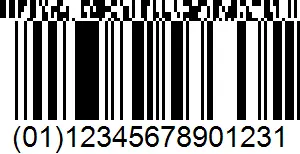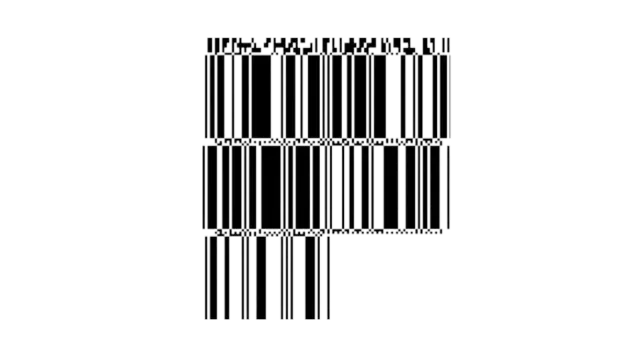Unlock the Power of GS1 Composite Barcodes
Enhance your data capture with GS1 Composite barcodes—combining linear and 2D codes for richer information in a single scan. With barKoder’s next-gen barcode scanning technology, you can seamlessly decode complex GS1 Composite symbols with unmatched speed and accuracy. Perfect for industries requiring high data integrity, traceability, and compliance.





